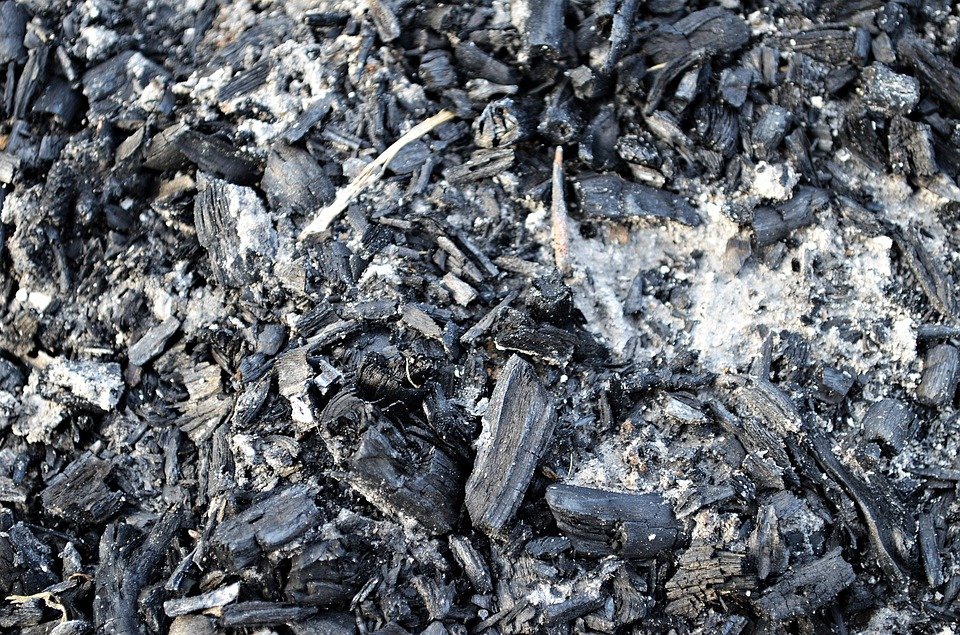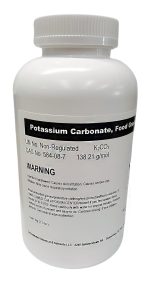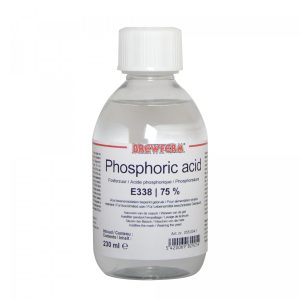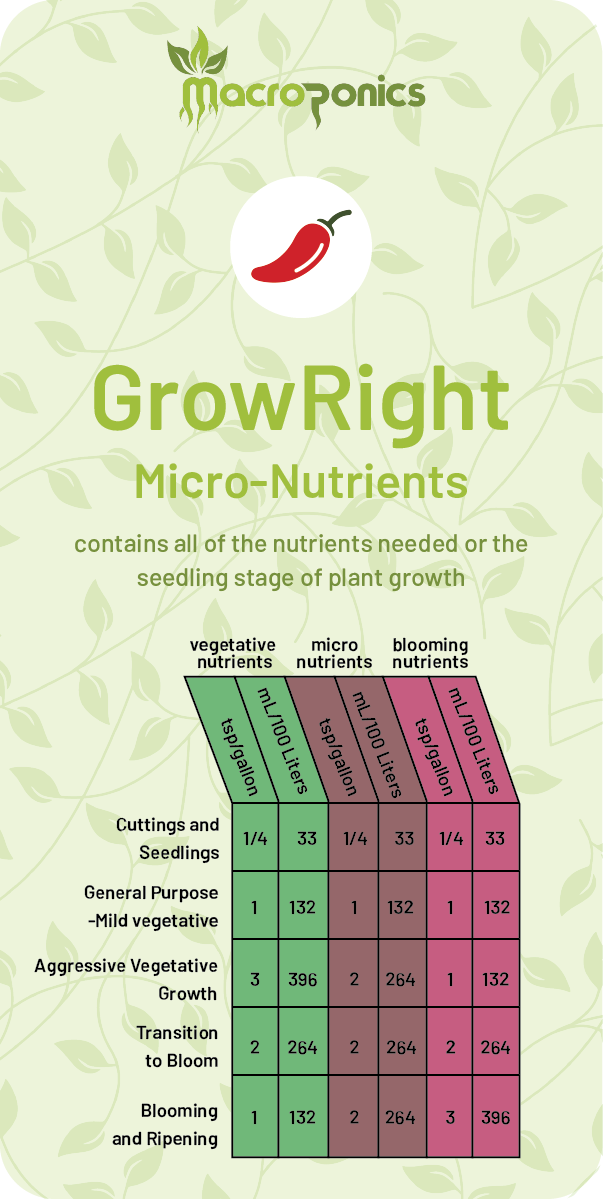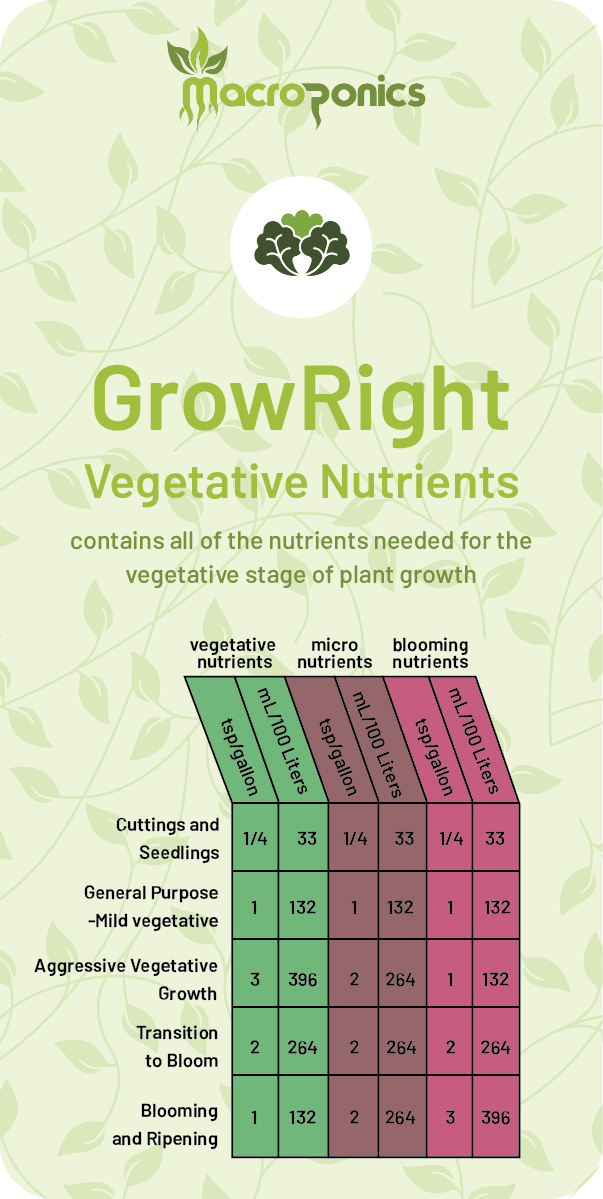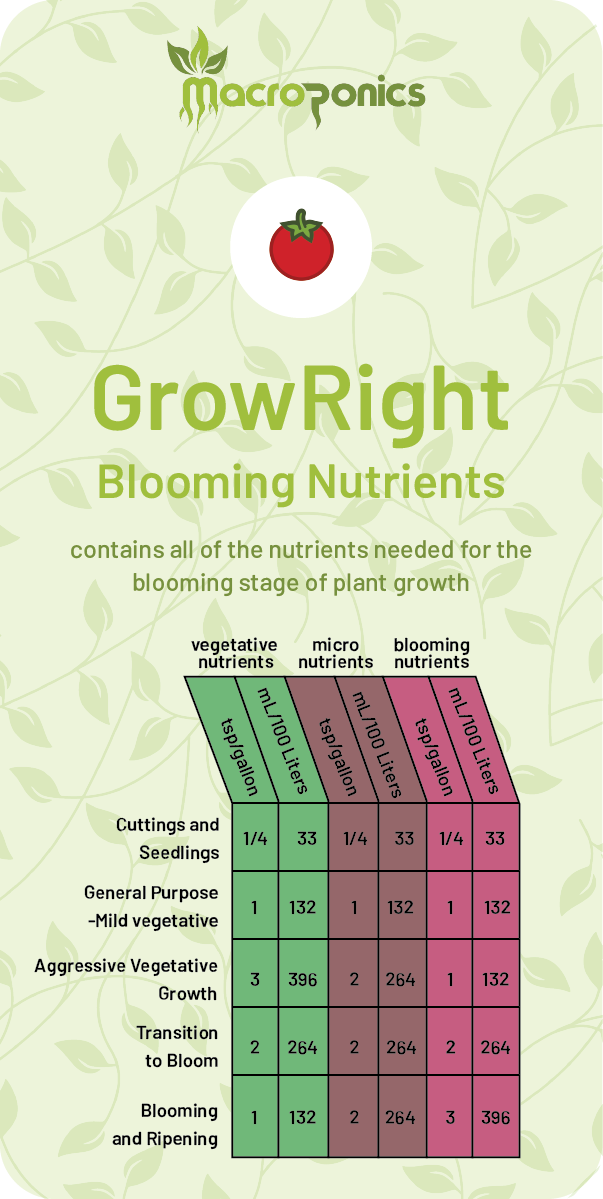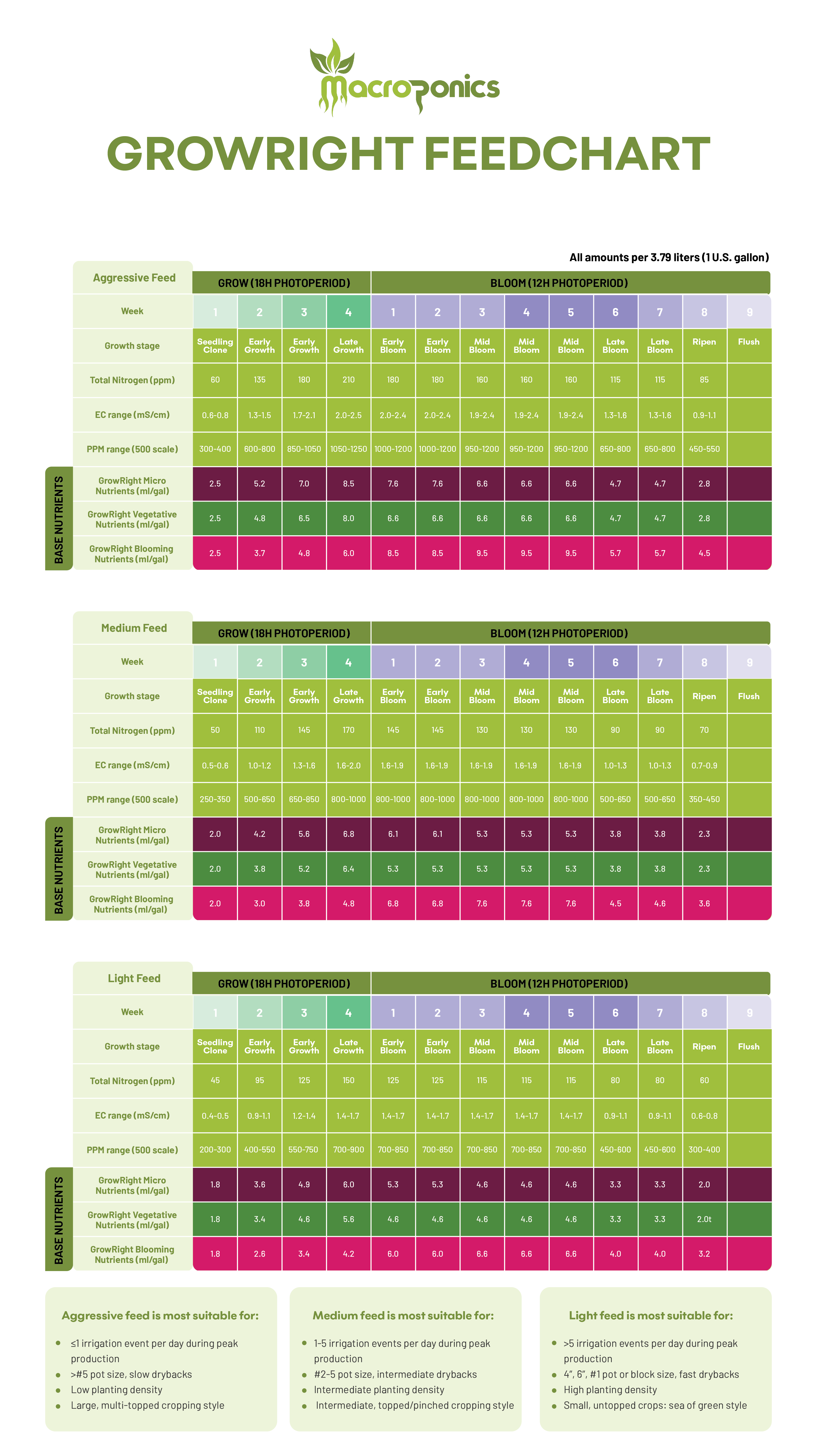Nutrient and pH Solutions - Selecting the Nutrients that are Best for Your Plants
Welcome to our guide on measuring and understanding what nutrient solutions are and how to choose the correct kind for your hydroculture setup. Understanding what nutrient blends to pick is crucial for a thriving garden, as it ensures your plants have all of the building blocks they need to grow strong and healthy. Typical nutrient kits come with a 3 part nutrient blend along with pH up and pH down (pH Stabilizers). Let's take a deeper look into what nutrient solutions are composed of, how it affects plant growth, and why it's essential for your hydroponics system.
pH Stabilizers
Nutrient absorption is a critical factor in hydroponic gardening, yet maintaining the right nutrient levels can be complex. pH is a very important factor when it comes to nutrient absorbtion by your plants roots. Incorrect pH levels can lead to deficiencies or toxicities, negatively impacting plants health and growth.
For the purposes of this article we will primarily be discussing what pH stabilizing solutions are made of. For a more in depth analysis of how pH is measured have a look at our blog post about pH here.
Organic Solutions
pH stabilizers usually contain 2 different compounds used for raising and lowering pH. Most organic pH stabilizers will use materials such as crushed eggshells for raising pH and wood ash for lowering pH. While these materials may be preferred by the home gardening enthusiast, these solutions are not always practical on larger scales and most growing facilities will opt to use non-organic solutions for their crops.
Non-Organic Solutions
When it comes to non-organic solutions, most blends will contain potassium carbonate or some other basic reagent for pH raising solutions and differing mixtures of phosphoric acid, citric acid and other acids for pH lowering solutions. While some growers will object to the use of lab created solutions for pH regulation, there is no notable difference between organic and non-organic pH stabilizers.
Nutrient Blends
When it comes to selecting nutrient blends, selecting a brand that provides all of the organic compounds with the proper macronutrients and micronutrients that your plants need is absolutely pivotal to ensuring your gardens success. Nutrient blends are normally split into 3 parts with each part containing higher concentrations of certain compounds, this is done because plants need different amounts of different elements depending on their stage of development.
When it comes to selecting nutrient blends, selecting a brand that provides all of the organic compounds with the proper macronutrients and micronutrients that your plants need is absolutely pivotal to ensuring your gardens success. Nutrient blends are normally split into 3 parts with each part containing higher concentrations of certain compounds, this is done because plants need different amounts of different elements depending on their stage of development.
Organic Solutions
Most organic nutrient blends will use a mixture of animal manure with various other naturally occurring sources of important compounds and elements. As stated previously, organic solutions may be preferred by the home gardening enthusiast, but are not always practical or ever used on a larger scale due to there not being a notable difference in plant development in comparison to their non-organic counterparts.
Non-Organic Solutions
Non-organic nutrient solutions are the preferred option of Macroponics. This is because of their longer shelf life, their ability to be easily synthesized and lastly, their ability to grow plants indistinguishable from their organic counterparts. Since organic fertilizers must be sourced from naturally occurring sources, many of the ingredients used for them can be unsanitary in comparison to the non-organic solutions which are direct mixtures of the elements your plants need in order to grow.
Conclusion
Understanding nutrient blends and what is contained within them is a great way to enhance your growing experience. By understanding what types of blends are available, you can make more informed decisions on what types of fertilizers to use for your hydroponic garden. We hope this guide was informative and helpful in directing you on nutrient and pH stabilizing blends. Happy gardening!

